Despite tons of criticism, Windows is still the most widely used operating system ever for personal computers.
With the announcement of the first-ever Windows on the 10th November 1983 by two Microsoft founders, Bill Gates, and Paul Allen, it had gone for several releases over the last 25-30 years.
This article will try to flash back the history of Windows releases and figure out the Windows OS versions and evolution of Windows OS.
Microsoft brought the first-ever graphical user interface for personal computers. Before that, we had no option except to use CLI ( Command Line Interface) to do our regular tasks on personal computers.
What Microsoft Did Special With Windows?
Having a GUI helped people get involved with computers, and that’s the trump card Microsoft played. Do I need to show you the return on investment? The data says it all. As of 2023, more than 87% of computers in this world use Windows.
Though Windows has its share of criticism for being very easy to hack and usually unstable for many applications, no one can deny that it is straightforward to use. That’s one area Windows outperforms, and still, people love to have Windows over any other operating system.
As of 2023, Windows has 16 major releases, with Windows XP being the most successful and Windows Vista being the worst. Many service packs or pack updates happened, which are not included in the list.
Windows OS Versions: Evolution Of Windows
Microsoft Windows 1.0 ( November 20, 1985)
Windows 1.0 is the first Windows release that happened during the fall of 1985. It is considered to be the front end of the typical MS-DOS operating system. It allowed multitasking with a graphical user interface shell on top of the boring MS-DOS.
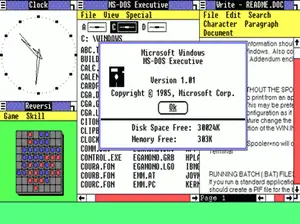
It brought icons for commands instead of using a CLI. It also introduces graphical user input through the mouse though the mouse was not famous at that time.
It was a 16-bit operating system with a RAM requirement of just 256 KB. Though Windows 1.0 was highly criticized for being buggy and slow, it set the roadmap for Windows.
Microsoft Windows 2.0 (December 9, 1987)
Windows 2.0 was a 16-bit operating system that introduced multi-windows overlapping. It also introduces the maximize and minimize options in Windows.
More sophisticated application icons and keyboard shortcuts in Windows 2.0 helped people to tilt towards Windows. This is also the last Windows operating system that did not require a hard drive to install.
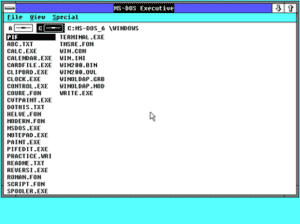
Microsoft Windows 3.0 ( May 22, 1990)
Windows 3.0 was considered one of the first successful Windows. With a revamp of a graphical user interface, it soon became a competitor of Apple’s Macintosh.
Its superior multitasking ability and better memory management capability help Windows 3.0 to become an instant hit.
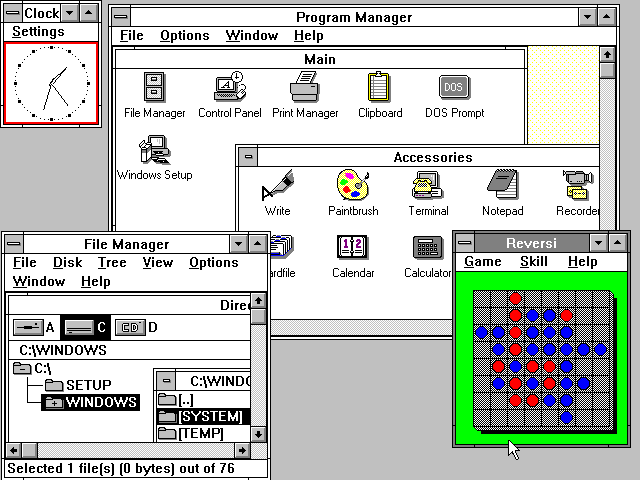
A separate stand-alone application like a notepad, paintbrush, and solitaire was introduced in Windows 3.0. Though it was still operating on top of the MS-Dos shell, the amount of commands required in CLI was reduced by the GUI.
For the first time, windows needed a hard drive to install with a free space of around 6-7 MB, and the required RAM was 384 KB.
Microsoft Windows 95 (August 24, 1995)
Windows 95 was a major overhaul of Windows 3.0 in terms of the graphical user interface. For the first time, Internet Explorer was introduced along with Windows Explorer. The taskbar and start button also made their presence in Windows 95.
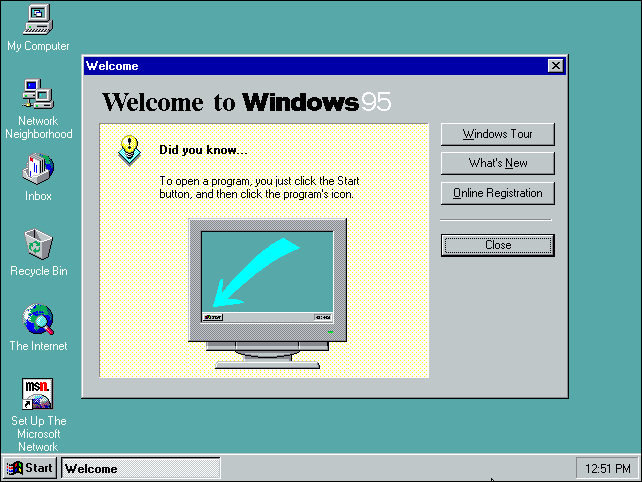
Before that, all running applications were showing on the desktop. But with the taskbar in Windows 95, all running applications started showing in the taskbar.
It was a 32-bit operating system with a hard disk space requirement of 50-55 MB and a RAM requirement of 4 MB.
Microsoft Windows 98 (June 25, 1998)
Windows 98 is generally considered a bug-fixed version of Windows 95 rather than a full-fledged release. A few updates to Windows Explorer-like gradient color in the Windows toolbar, back-and-forth navigation, image thumbnails, and animation were introduced in Windows 98.
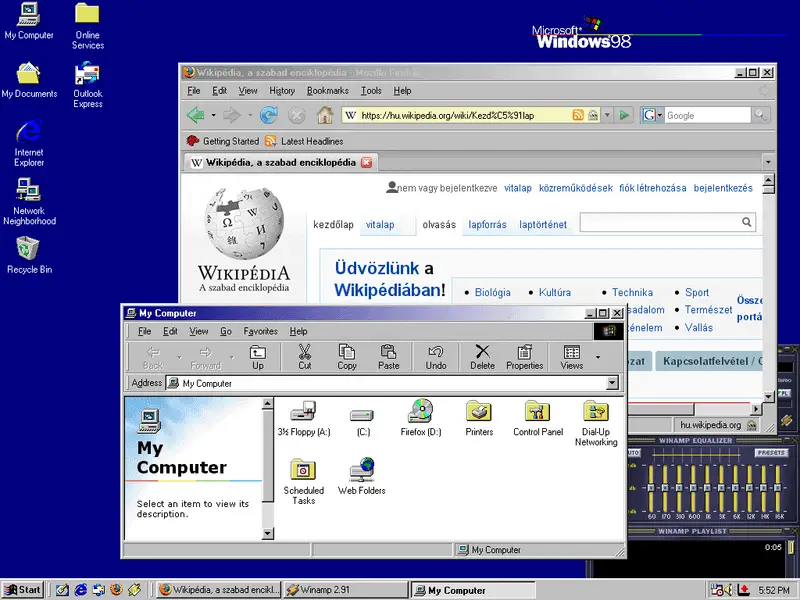
An update to Internet Explorer was released in this version along with some other internet applications like Outlook, Netmeeting, etc. For the first time, windows media players were introduced in Windows 98
Microsoft Windows 2000 ( February 17, 2000)
Windows 2000 brought a list of security features under the box and was typically considered the first-ever secured Windows until it became attacked by viruses like Code Red and Nimda.
NTFS 3.0, a file encryption mechanism, was introduced in Windows 2000, and a bunch of technologies were put for disabled people. Plug-and-play support was enhanced, and GUI saw a minor improvement as well.
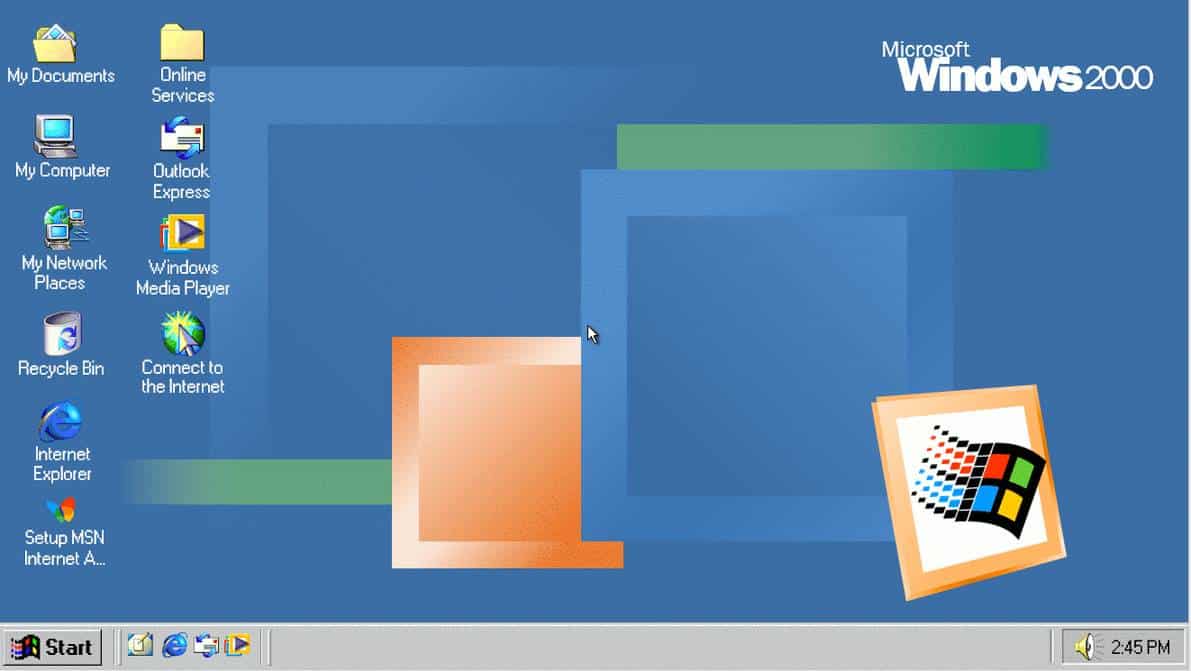
Overall, Windows 98 and Windows 2000 were trying to follow Windows 95 with bug fixes and minor improvements.
It was a 32-bit operating system, and the system requirement was a free HDD space of 500 MB and a RAM requirement of 45 MB
Microsoft Windows XP (October 25, 2001)
Windows XP is the most successful Windows that Microsoft has ever released. It was so popular that even as of 2023, 2% of computers still use Windows XP. Originally it was released as a 32-bit version in 2001, but in 2005 Microsoft released the 64-bit version.
Although Windows XP followed the traditional architecture of Windows 95- 2000, the major changes that happened were in the GUI. For the first time, XP introduced ClearType, a subpixel rendering system for Liquid crystal displays.
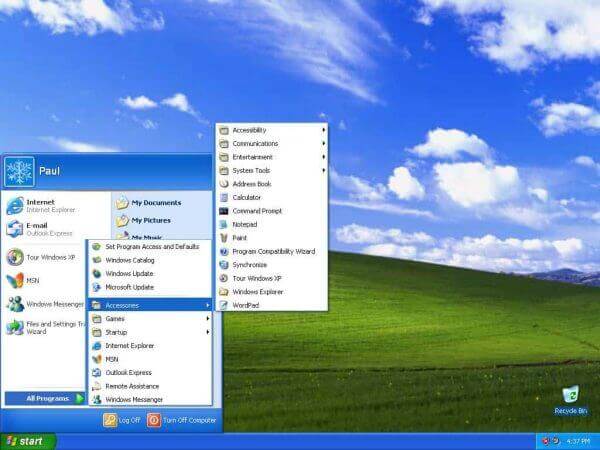
The start menu got a major overhaul, followed by the taskbar. The speed has been increased and had fewer bugs. The prefetch function was introduced in Windows XP to speed up the execution of frequently used applications resulting in faster boot time.
Microsoft Windows Vista ( January 30, 2007)
After the success of Windows XP, Microsoft started thinking that people love eye-catching graphics, transparent toolbars, and animations.
With that impression, they started developing a new Windows version called Vista. The result is, that Vista became the worst window ever in terms of overall sales figures.

People loved XP not only because of the GUI but the speed and optimization that it offered. Vista was an eye-catching window, but it did not have anything else that Windows XP had. Prolonged performance, irritative user access control, and poor hardware compatibility helped Vista to become a sales dud.
Microsoft Windows 7 ( October 22, 2009)
Windows 7 is what we can call the true successor of Windows XP. Windows 7 blended the performance of XP and the GUI of Vista, which resulted in an instant hit. In fact, Windows 7 is the best Windows after Windows XP.
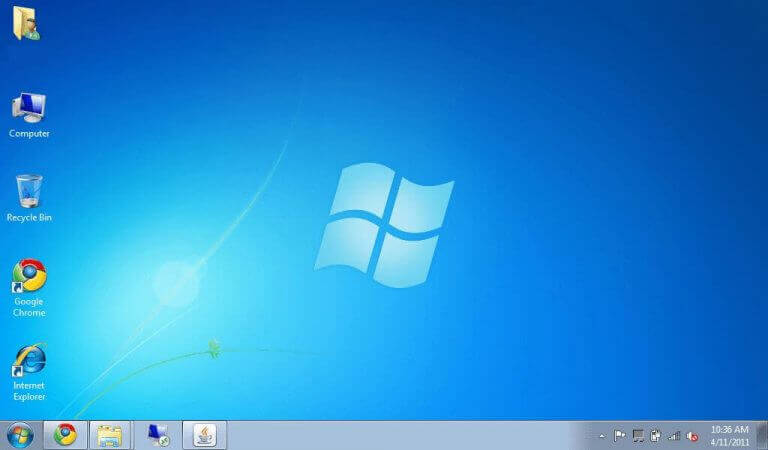
Microsoft fixed all bugs in Windows Vista and introduced a newly revamped taskbar, and Start menu. It removed an excessive user access control system and many other irritating features.
It was offered in 32 and 64-bit versions with a system requirement of 16 GB disk space and 1 GB RAM. It usually runs fast when the processor has a minimum of 1 GHz clock speed.
Microsoft Windows 8 ( October 26, 2012)
The blunder that Microsoft made with Windows Vista was repeated in Windows 8. Microsoft thought to have Windows designed for the touch screen interface with the world moving towards a touch screen interface.
But Microsoft again could not study the market properly as people love to use their computer using a mouse and keyboard rather than a touch screen interface.
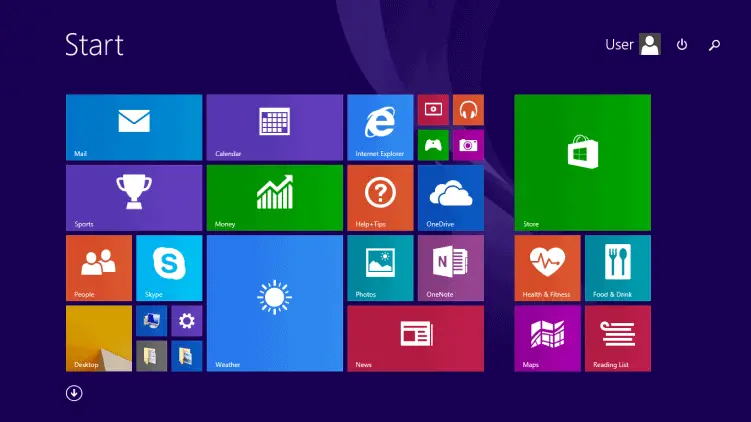
The result is, Windows 8 failed to impress. Windows 8 removed the start button and instead brought a mobile-like app interface. Introduces an application repository similar to the Android Play Store.
But soon, that app store backfired as there was hardly any developer who was ready to develop apps for Windows.
Microsoft Windows 10 ( July 29, 2015)
After learning from Windows 8 mistakes, Microsoft brought back the traditional start button and provided an option of having a traditional desktop along with a mobile-like interface.
People loved it, and Windows 10 became a success. Its material design helped to increase the speed along with a list of new features.
It is widely accepted as the successful replacement for Windows 7, and many corporations started transitioning to Windows 10.

As of 2019, Windows 10 is the latest release. There is news that Microsoft might introduce Windows 11 by the fall of 2020, but nothing is confirmed yet.
Conclusion: Windows OS versions
Well, it’s fascinating to recap the history of about 30 years of Windows. Many of us may not use the old version of Windows. This article might make you feel nostalgic. If yes, do let me know in the comment section.
I started using Windows 95 and as of today, I use Windows 10 though I am not a big fan of Windows.